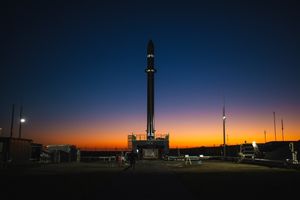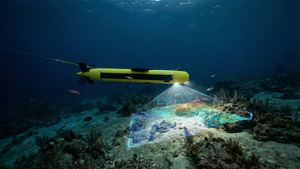Researchers from the University of California, Irvine recently published their findings for sources of lead-soil contamination in Santa Ana, California. According to the study, a “predominant contributor to contemporary soil-lead contamination in Santa Ana” came from the past use of leaded gasoline.
The toxic metal was released from vehicle exhaust into the air where it would then settle onto the ground and contaminant the soil. The research suggests that busy intersections and major roadways that were used in the last century are likely to have elevated levels of lead in the soil.
According to the U.S. Environmental Protection Agency (EPA):
Lead has been blended with gasoline, primarily to boost octane levels, since the early 1920s. EPA began working to reduce lead emissions soon after its inception, issuing the first reduction standards in 1973, which called for a gradual phasedown of lead to one tenth of a gram per gallon by 1986. The average lead content in gasoline in 1973 was 2-3 grams per gallon or about 200,000 tons of lead a year. In 1975, passenger cars and light trucks were manufactured with a more elaborate emission control system which included a catalytic converter that required lead-free fuel. In 1995 leaded fuel accounted for only 0.6 percent of total gasoline sales and less than 2,000 tons of lead per year. Effective January 1, 1996, the Clean Air Act banned the sale of the small amount of leaded fuel that was still available in some parts of the country for use in on-road vehicles.
“Lead poisoning continues to be one of the most common environmental illnesses in California according to the California Department of Public Health,” said Michael Chapman, Laboratory Manager of LA Testing's Huntington Beach facility. “This new research helps public health officials throughout California in their efforts to protect the public from exposure risks, including high soil-lead levels due to vehicle emissions from decades ago. Looking at past traffic patterns and high volume roadways could help to target at risk areas.”
LA Testing, with laboratories throughout California, offers testing services to identify lead exposure risks form outdoor and indoor samples. These tests can help to determine contamination levels, as well as be used for post-remediation clearance testing. They also provide sampling supplies, easy-to-use test kits and personal protective equipment.
To learn more about this or other environmental, health and safety testing services, please visit www.LATesting.com, email info@LATesting.com or call (800) 755-1794. For access to lead test kits, visit www.EMSLTestKits.com.
About LA Testing
LA Testing is California's leading laboratory for indoor air quality testing of asbestos, mold, lead, VOCs, formaldehyde, soot, char, ash, and smoke damage, particulates, and other chemicals. In addition, LA Testing offers a full range of air sampling and investigative equipment to professionals and the public. LA Testing maintains an extensive list of accreditations including: AIHA-LAP, LLC (AIHA-LAP, LLC EMLAP, AIHA-LAP, LLC IHLAP, AIHA-LAP, LLC ELLAP), CDC ELITE, NVLAP, State of California, State of Hawaii Department of Health, and other states. LA Testing, along with the EMSL Analytical, Inc. network, has multiple laboratories throughout California including South Pasadena, Huntington Beach, San Leandro, San Diego, and Ontario.
— WebWireID292940 —






